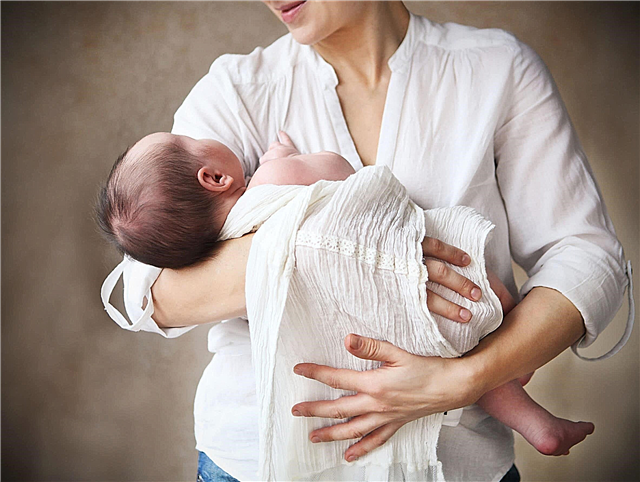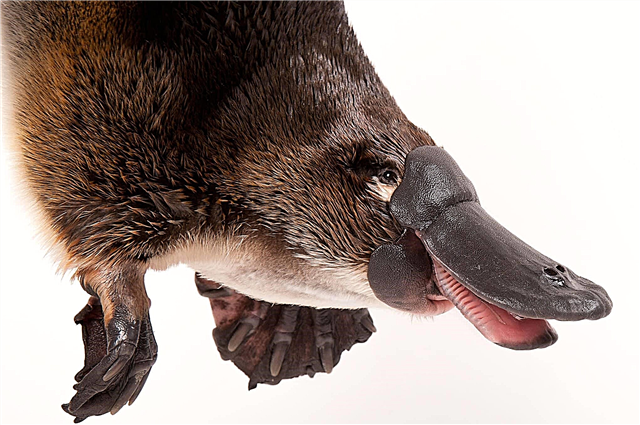
The cat is one of the most popular and beloved pets. Some doctors believe that it even normalizes blood pressure in a person and effectively fights migraines. Few people know the answer to the question: why is the cat purring?
Purring features: how and why arises?

Scientists came to the conclusion that initially the process of purring is formed in the brain of the animal. Electrical impulses move through the central nervous system to the vocal cords of the cat, and the purring mechanism itself is located between the base of the tongue and skull. This apparatus looks like thin, interconnected hyoid bones. When the vocal cords contract, they begin to vibrate. The cat makes soft purring sounds with its nose and mouth, most often on exhalation, and vibration covers its entire body.
Interesting fact: Similar sounds are made not only by cats, but also by bears, hyenas, and badgers. During eating, lemurs, squirrels, and even gorillas sometimes purr.
Causes of Purring in Cats
Cats purr while eating, communicating with the owner and other cats. This is a traditional sign of pleasure. Most often, the pet behaves this way during affection or playing. Small with the help of a purr, the kittens inform their mother that they are full and satisfied. Cat mom calms and cheers babies with the same purr. Adult domestic cats purr when they want to play with each other. This is the sound of friendliness. Cats make purring sounds when sick.Thus, they calm the pain, calm themselves.
Interesting fact: Scientists have found that only lynxes and domestic cats make soft purring sounds. In large representatives of the cat family, the hyoid bones close the cartilage that does not allow vibration. The lion growls, the rest of the big cats hiss, but do not purr.
The timbre, intonation, and purr volume

Even the most ordinary person can hear that the timbre and purr volume is different depending on the situation. Basically, it is the sound of pleasure and gratitude.
But cats are tricky. They understand that purring can cause a new portion of treats or affection. Quiet and short purring sounds mean that the pet is begging for food.
Interesting fact: the purring sound is so strong that during it the cat's heartbeat is not heard.
Purr therapy
A few years ago, scientists from Britain discovered a phenomenon called "purr therapy." They concluded that similar sounds in cats fluctuate around 15-150 hertz. For a person, fluctuations from 20 to 140 hertz are considered most useful, they normalize shortness of breath, relieve swelling and pain.
Interesting fact: British cats are world record holders in purr frequency. A cat living in the Kingdom makes a purr like a dishwasher.
Scientists also found that cats could specifically develop a purring process to alleviate their own pain and those around them. Veterinarians point out that a healthy cat often makes soothing sounds,when in close proximity to a sick animal.
Interesting fact: the cat will stop purring as soon as it hears the sound of water flowing from the tap.
Researchers have not fully studied the purr process. Interestingly, not all cats make these soft sounds. It happens that, changing the owner, the cat begins to purr, although it had never done it before. Science does not stand still, and perhaps in the near future, scientists will be able to study this issue thoroughly.












